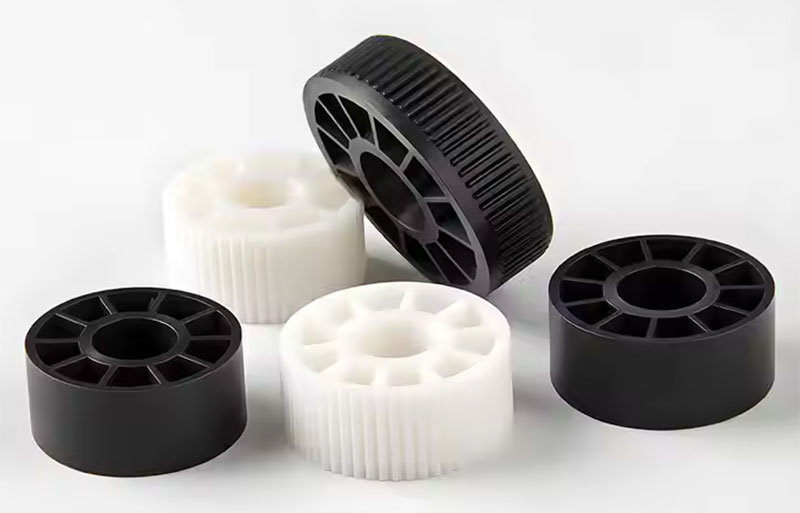CNC plastic machining offers several benefits when working with plastics such as HDPE compared to other manufacturing processes, including injection molding, 3D printing, extrusion, etc. The process’s common advantage is its machine’s precision, suitability for complex designs, and prototyping.

Precision and Tolerance
CNC machining is a better alternative to traditional machining for engineering plastics like HDPE and PEEK because it can produce parts with complex designs with high precision. It is more precise than injection molding, although injection molding does not require post-processing.
Blow molding and extrusion, although suitable for mass production of HDPE parts, cannot meet the tolerance requirements for such parts. In some cases, 3D printing can offer fine detail, but its resolution and material properties often result in less consistent outcomes, especially with HDPE.
Superior Surface Finish
Another benefit of CNC machining is superior surface finish, especially in parts that need to reduce friction or meet aesthetic requirements. It maintains the material’s low friction properties without extensive additional processing.
Mass vs Small Run Production
CNC machining is slower than injection or blow molding when producing HDPE parts in large quantities. However, CNC machining is highly efficient for smaller runs, avoiding costly mold creation and setup.
Dimensional Stability
CNC machining precision ensures dimensional stability when machining HDPE polymer, even though the process generates heat.
